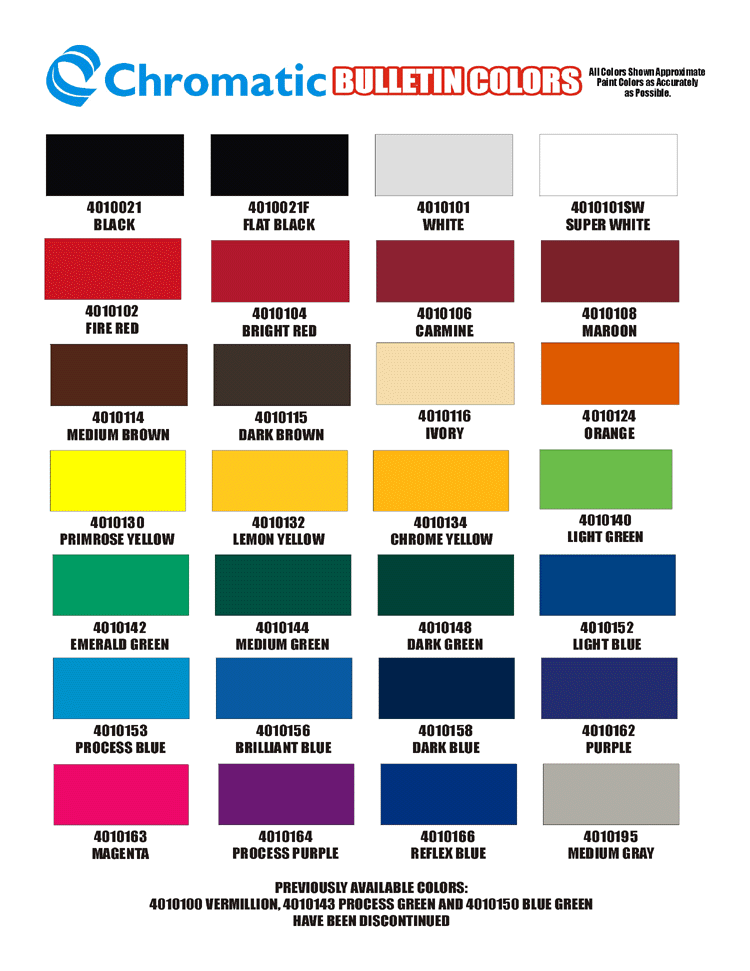

The staircase procedure can be very time-consuming since it requires several reversals or trials to complete. Both tests apply a forced-choice method in the psychophysical task to feed a staircase that controls the chromatic distance between the target and background chromaticity coordinates. CCT and CAD are color vision tests that implemented methods to estimate color discrimination thresholds along different chromatic vectors in chromaticity color spaces 5, 6, 7. We concluded that the color discrimination task using high saturated stimuli separated normal trichromats and participants with red-green color vision deficiencies with high performance, which can be considered a promising method for new color vision tests based in frequency of errors.ĭifferent research groups have been developing computerized tests for a psychophysical color vision evaluation, such as the Cambridge Colour Test (CCT) and the Colour Assessment Diagnosis (CAD), applying different testing strategies to quantify congenital and acquired color vision deficiencies 1, 2, 3, 4. ROC analysis indicated that the performance of the fixed saturation levels to identify CVD was better between 0.02 and 0.06 u’v’ units reaching 100%, while saturation of 0.01 and 0.005 u’v’ units decreased the accuracy of the screening of the test. A three-way ANOVA showed that all factors (color vision phenotype, stimulus saturation, and chromatic vector) had statistically significant effects on the number of errors and that stimulus saturation was the most important main effect. For participants with CVD, the errors happened mainly in red-green chromatic vectors. The errors of the normal trichromats had no systematic variation for high saturated stimuli, but below 0.02 u’v' units, there was a discrete prevalence of tritan errors. At high chromatic saturation, there were fewer errors from both phenotypes. The number of errors for each stimulus condition was considered an indicator of the participant's performance. Each stimulus condition appeared in four trials. Pseudoisochromatic stimuli were shown with target chromaticity in 20 vectors radiating from the background chromaticity and saturation of 0.06, 0.04, 0.03, 0.02, 0.01, and 0.005 u’v' units. Cambridge Color Test was used to categorize their color vision phenotype, and those with a phenotype suggestive of color vision deficiency had their L- and M-opsin genes genotyped.

We recruited 28 normal trichromats and eight participants with CVD. In the present investigation, we compared the number of errors during color discrimination task in normal trichromats and participants with color vision deficiency (CVD) using pseudoisochromatic stimuli at fixed saturation levels. Both approaches have advantages and disadvantages. Color vision tests use estimative of threshold color discrimination or number of correct responses to evaluate performance in chromatic discrimination tasks.


 0 kommentar(er)
0 kommentar(er)
